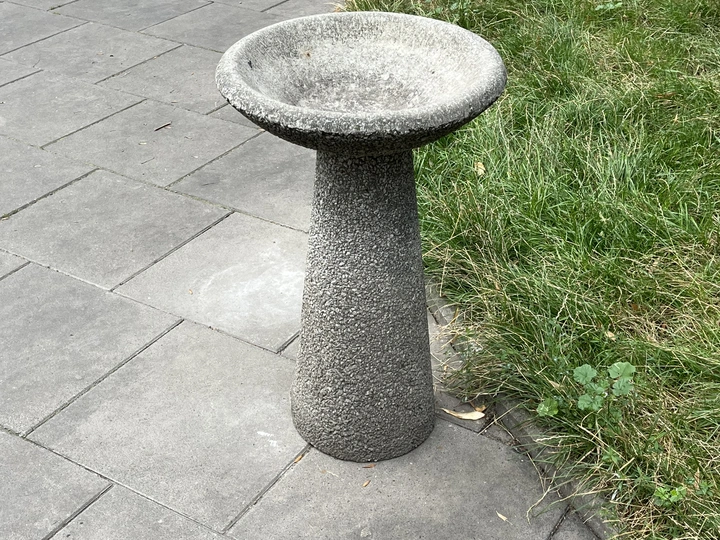Small architecture/Mała architektura

I am Marta Wiśniewska, an architect, urbanist, and exhibition designer. I graduated from the Faculty of Architecture at Warsaw University of Technology and the Faculty of Architecture at KU Leuven in Belgium. I have several years of professional experience working in both Polish and Belgian architectural offices. Currently, I work at TŁO, an architectural studio in Warsaw. I have collaborated on educational and performative projects for the Museum of Modern Art in Warsaw and Komuna Warszawa, exhibition projects for the POLIN Museum of the History of Polish Jews, KU Leuven, The Mental Masonry Lab in Brussels, as well as commercial projects for various clients.
In 2024, I received an art scholarship from the city of Warsaw, during which I worked on portraits of Warsaw’s Family Allotment Gardens (Rodzinne Ogrody Działkowe). For my master’s thesis, I explored new possibilities for the role of these gardens in contemporary urban life. I consciously rejected simplistic or stereotypical views—both the romanticized image of allotment gardens and narratives focused on their gentrification. Using the example of a cluster of allotment gardens near Arkadia and Królikarnia Parks in Warsaw, I investigated how access to these spaces could be improved to create an alternative form of social and ecological care. This included redistributing plots, modernizing the spatial model, and introducing shared communal areas.
I approached the public and communal character of these gardens as an open and inclusive space for sharing and coexistence - not only with other people but also with non-human beings, alongside, alternating, and together.
I am at the beginning of my professional journey but deeply committed to developing my practice by combining architectural work with a deeper understanding of social and spatial contexts.
This project will be a personal and critical investigation of "mała architektura" - literally “small architecture” in Polish: benches, bins, planters, fountains, and other elements of urban furniture. Though often overlooked, these modest structures shape everyday urban experience and reflect broader social, aesthetic, and political transformations.
Many of these objects were created during the socialist era by local enterprises and state-run manufactories. Commissioned by municipalities and developed in collaboration with architects and industrial designers, they emerged from a civic ethos that valued coherence, material sensibility, and care for public space. At the time, designers held a clearly defined social role as contributors to the visual and functional identity of the city.
Today, this system has largely been replaced by commercialized procurement processes, where cost-efficiency often overrides context, quality, and meaning. As a result, cities lose their distinct character, and designers are increasingly distanced from the shaping of public life.
This project will also serve as a reflection on my position within the architectural profession. Like many emerging practitioners, I find myself questioning conventional notions of success - delivering large-scale projects, winning competitions, seeking visibility. This model, shaped by hierarchical structures and ego-driven ambition, feels increasingly unsustainable and misaligned with present challenges.
Through photographic documentation, fieldwork, and archival research, I will study examples of "mała architektura" across Warsaw - some preserved, others neglected or replaced. By tracing their origins and situating them in material and historical context, I will assemble a visual and written essay that reconsiders these objects as cultural artifacts.
Ultimately, the project will propose a form of architectural practice grounded in observation, care, and attention to what already exists.